One of the finest privately-owned houses in the Cotswolds is up for sale at £20 million
The quite spectacular Edgeworth Manor is on the market, a 17th-century creation set amid dozens of acres that include Victorian gardens, woodland and its own enchanting valley through which the River Frome runs happily.


An idyllic Cotswold country house has come to the market, launched in Country Life: the Grade II*-listed Edgeworth Manor, near Miserden, overlooking its own hidden valley in one of the most sought-after areas of the Cotswolds AONB. Ed Sugden of Savills and Bruce Tolmie-Thomson of Knight Frank are joint agents in the sale, but only those with deep pockets need apply: for what is one of the finest home in the Cotswold, a guide price of £20 million is quoted for Edgeworth Manor.

According to the Victoria County History, Gloucestershire — Vol 11 (1976), lands later known as the manor of Edgeworth were held by Roger de Lacy in 1086, but forfeited on his banishment in 1096 when they were granted to his brother, Hugh. Following various divisions, the manor passed via the Edgeworth and Helion families to Thomas Raleigh, who was sole owner in 1379. In 1602, George Raleigh sold the manor to Sir Henry Poole, after which ‘it descended with Sapperton until about 1650, when it was sold to Nathaniel Ridler to help alleviate Sir William Poole’s debts’.
The present house dates from a rebuilding by Nathaniel Ridler in the late 17th century, the east front, the oldest part of the house, being dated 1685. It was built on two storeys with attic dormers and a basement. The west front of the house was identical to the east, apart from a porch at its southern end. Of the interior, the original staircase and one room lined with 18th-century panelling, remain at the east front.
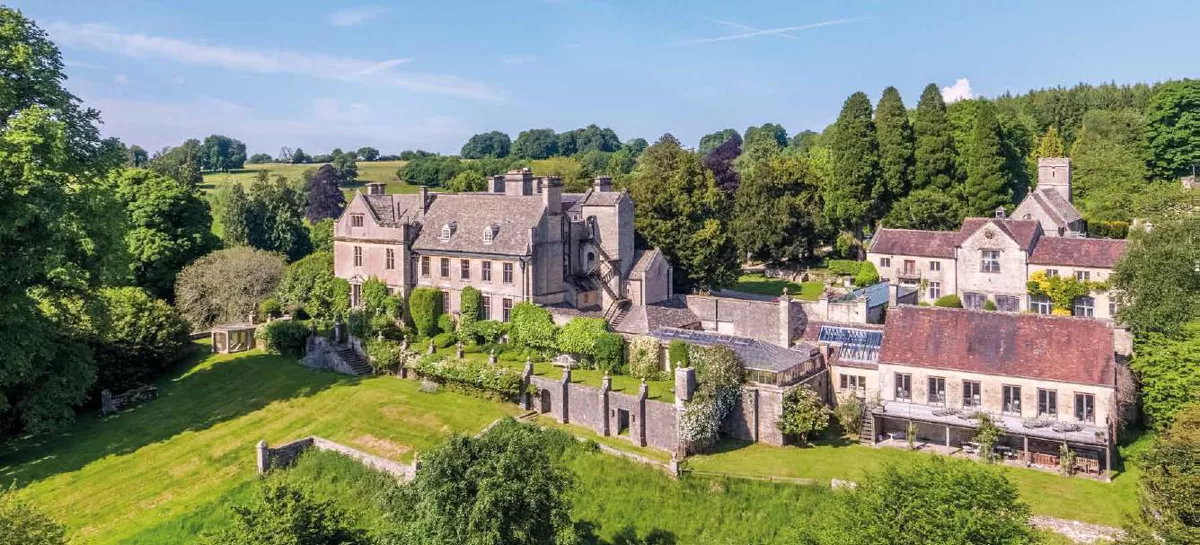
The most dramatic changes in the shape and scale of Edgeworth Manor came when, in 1879, Francis James, a London barrister, paid more than £44,000 for the manor and its farms, including Rookwoods.
In her book Rookwoods (2007), Juliet Shipman reveals that James’s purchase was funded by the considerable fortune inherited by his wife from her uncle Sir William Tite, a municipal and railway architect associated with many of London’s great buildings, who had disinherited his only son for marrying against his wishes. From the outset, the 17th-century house was too small to accommodate the James family and their eight children, so a Tudor-style wing was replaced by a north wing added in 1882, when the house was remodelled by Gloucester-based architect Capel N. Tripp.
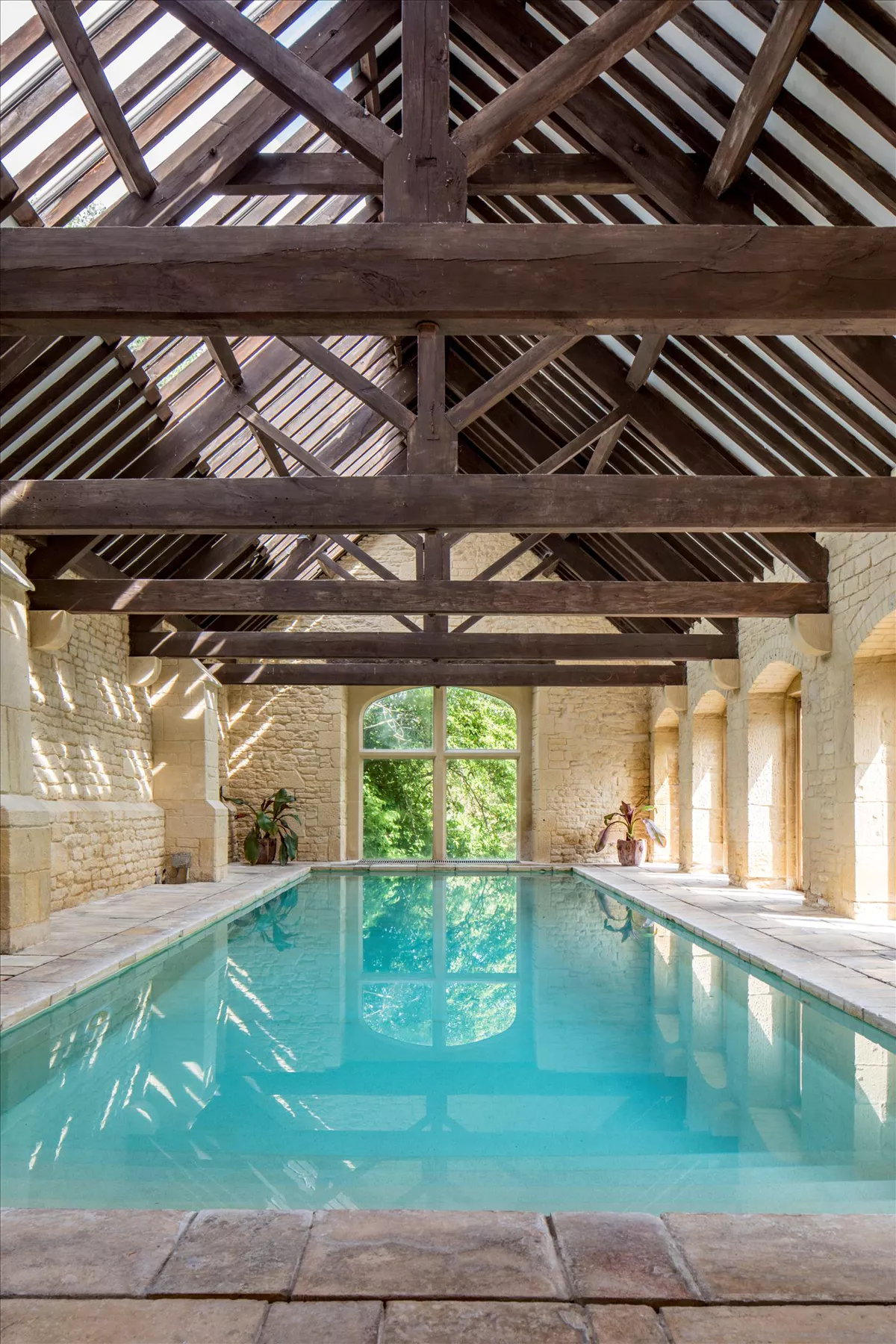
In 1899, James’s eldest son, Arthur, who inherited the estate in 1895, engaged Sir Ernest George to substantially alter the country-house style of the earlier building to that of a baronial hall. The west front is now in Cotswold Tudor style, with stone mullions and transoms and a gabled porch, whereas the new north wing was demolished when the estate was broken up and sold off following Arthur’s death in 1935. The ground floor is still dominated by George’s great baronial hall and drawing room in the south wing.
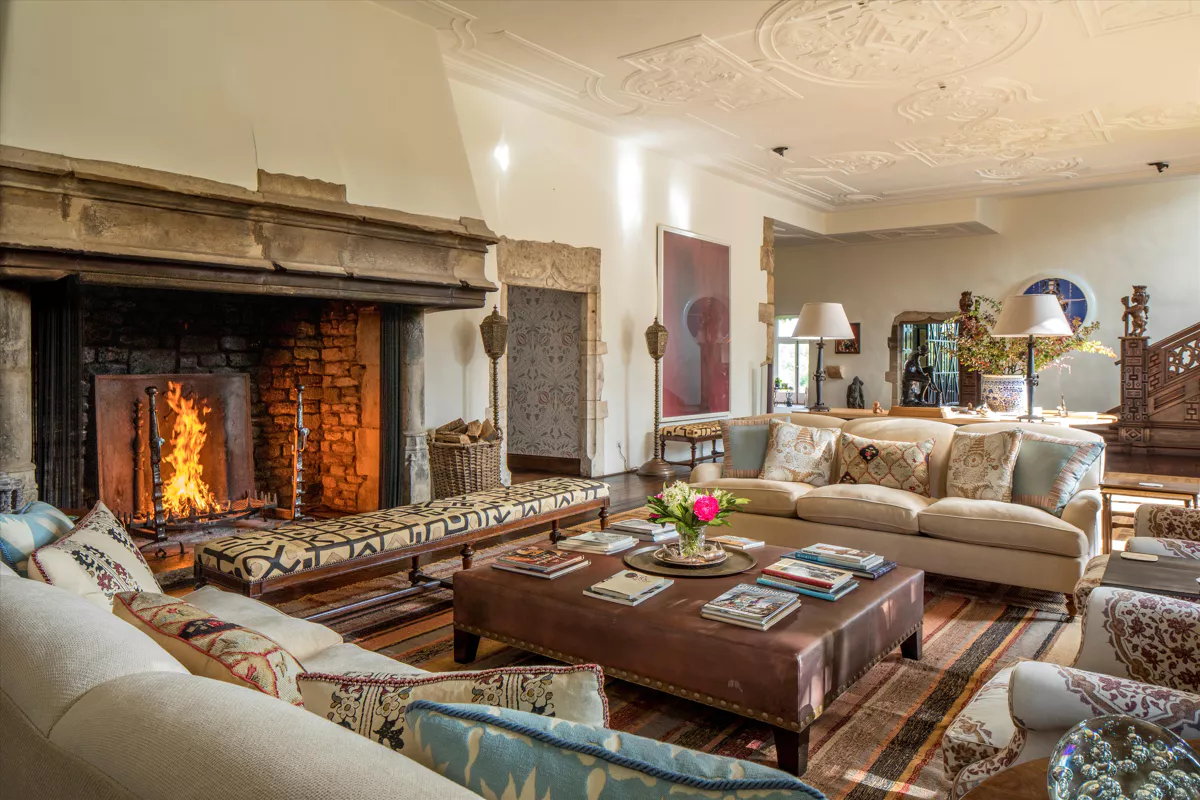
Still largely hidden from the outside world, Edgeworth Manor stands high on its hill overlooking its 56 acres of Grade II-listed Victorian gardens, woodland and the enchanting valley of the meandering River Frome, which rises nearby. Here, in the course of the past 20-odd years, the owner has created a family home that is warm and welcoming, yet makes the most of the grand spaces, architectural integrity and fine detail that are evident throughout the house. Notable features include barrelled and ornately carved ceilings, oak-panelled rooms, bright stone-mullioned windows, detailed cornicing, ancient oak floors and staircases and wonderful fireplaces.
Sign up for the Country Life Newsletter
Exquisite houses, the beauty of Nature, and how to get the most from your life, straight to your inbox.
The scene is set by the panelled entrance hall, which opens onto the majestic baronial hall with its huge fireplace of ancient carved stone, flooded with light from four large, stone, arched windows. The dining room is wonderfully theatrical, with its barrelled ceiling depicting the four British nations, 17th-century panelling and stone fireplace. The sitting room has three tall windows overlooking the grounds and original panelling, alcoves, bookcases and a decorative fireplace. The last of the main reception rooms, the east-facing study, has fine oak panelling, a 17th-century carved stone fireplace, window seats and ornate ceiling plasterwork.
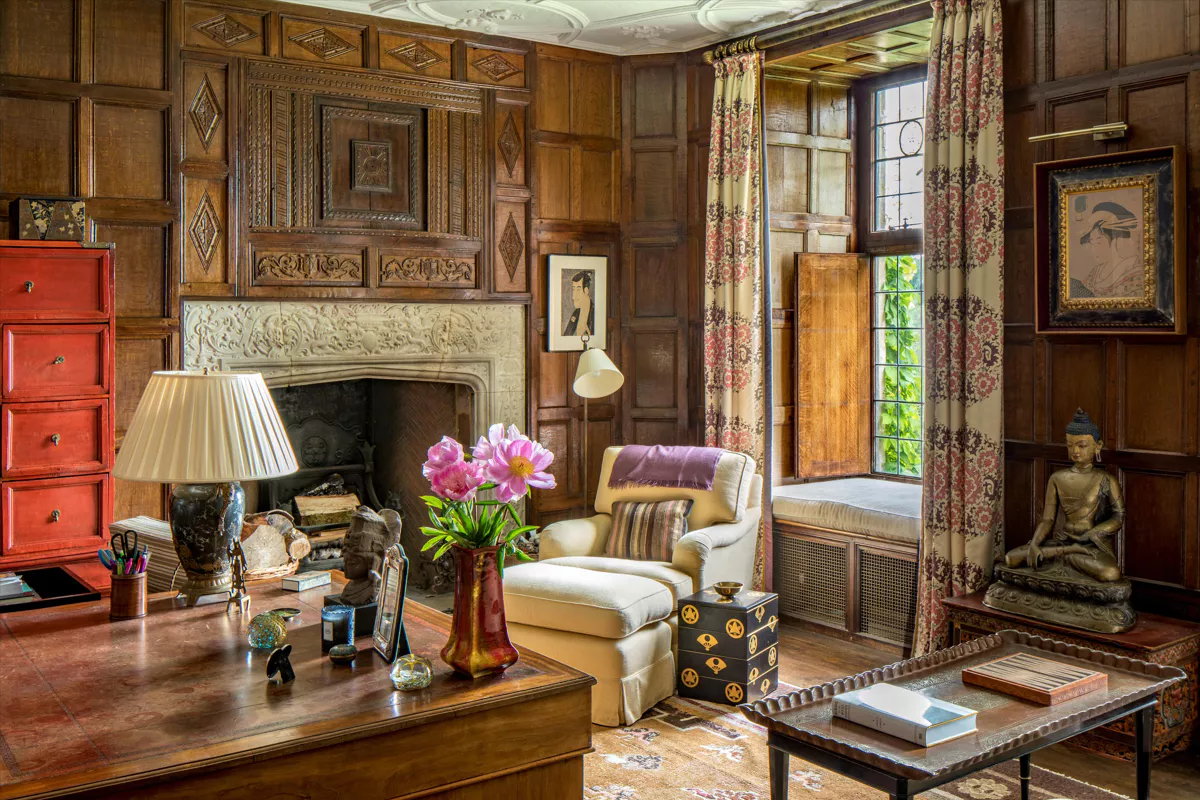
The first floor houses the principal bedroom suite, comprising two bedrooms, two bathrooms and a walk-in wardrobe, together with a guest-bedroom suite, two further bedrooms and a family bathroom. Four further bedrooms, two bathrooms, a kitchen and sitting room are located on the second floor.
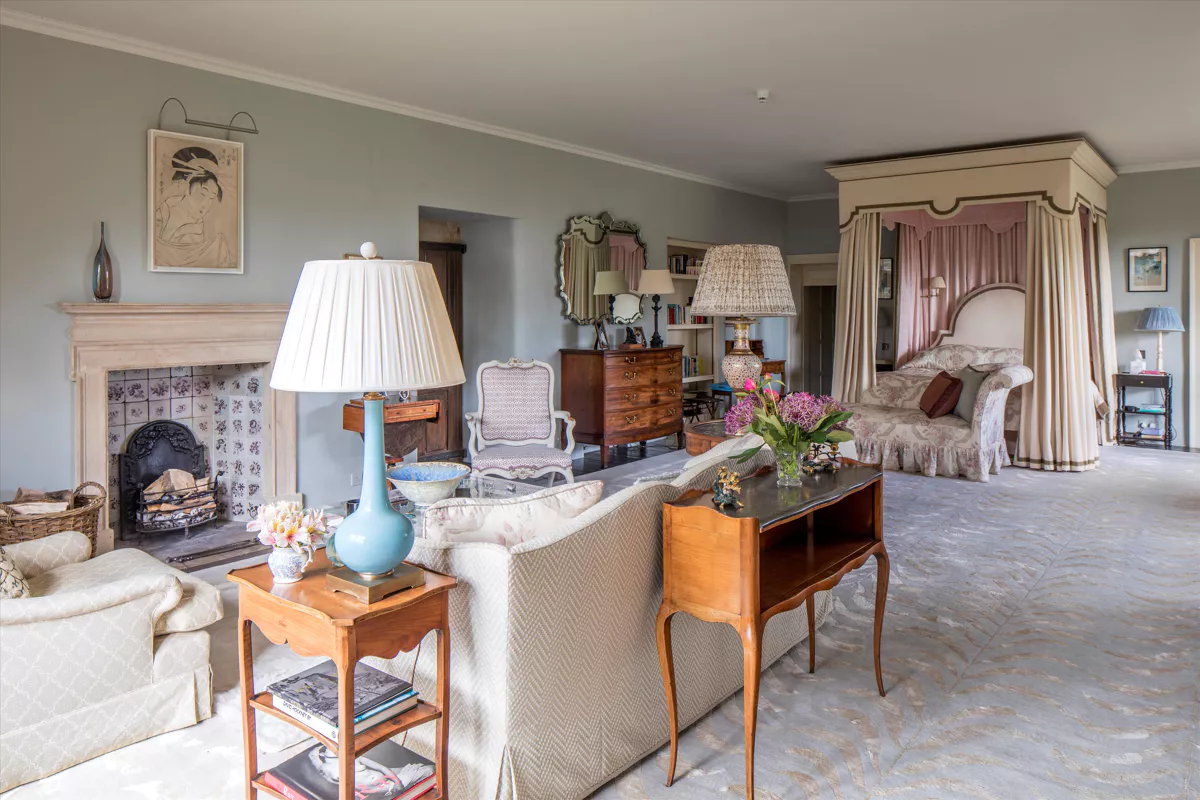
The lower ground floor is a surprising addition to the house, with large, naturally lit rooms, including a games/cinema room, a library, a large scullery and an inner hall with a spiral stone staircase leading down to three barrel-vaulted wine cellars. Outside, a glazed porch leads to a conservatory and a spectacular indoor swimming pool, with further staff or guest accommodation provided in the three-bedroom Coach House, the three-bedroom North Lodge and the four-bedroom Keepers Cottage.
Edgeworth Manor is for sale via Knight Frank and Savills — see more pictures and details.

Credit: Strutt and Parker
Best country houses for sale this week
An irresistible West Country cottage and a magnificent Cumbrian country house make our pick of the finest country houses for
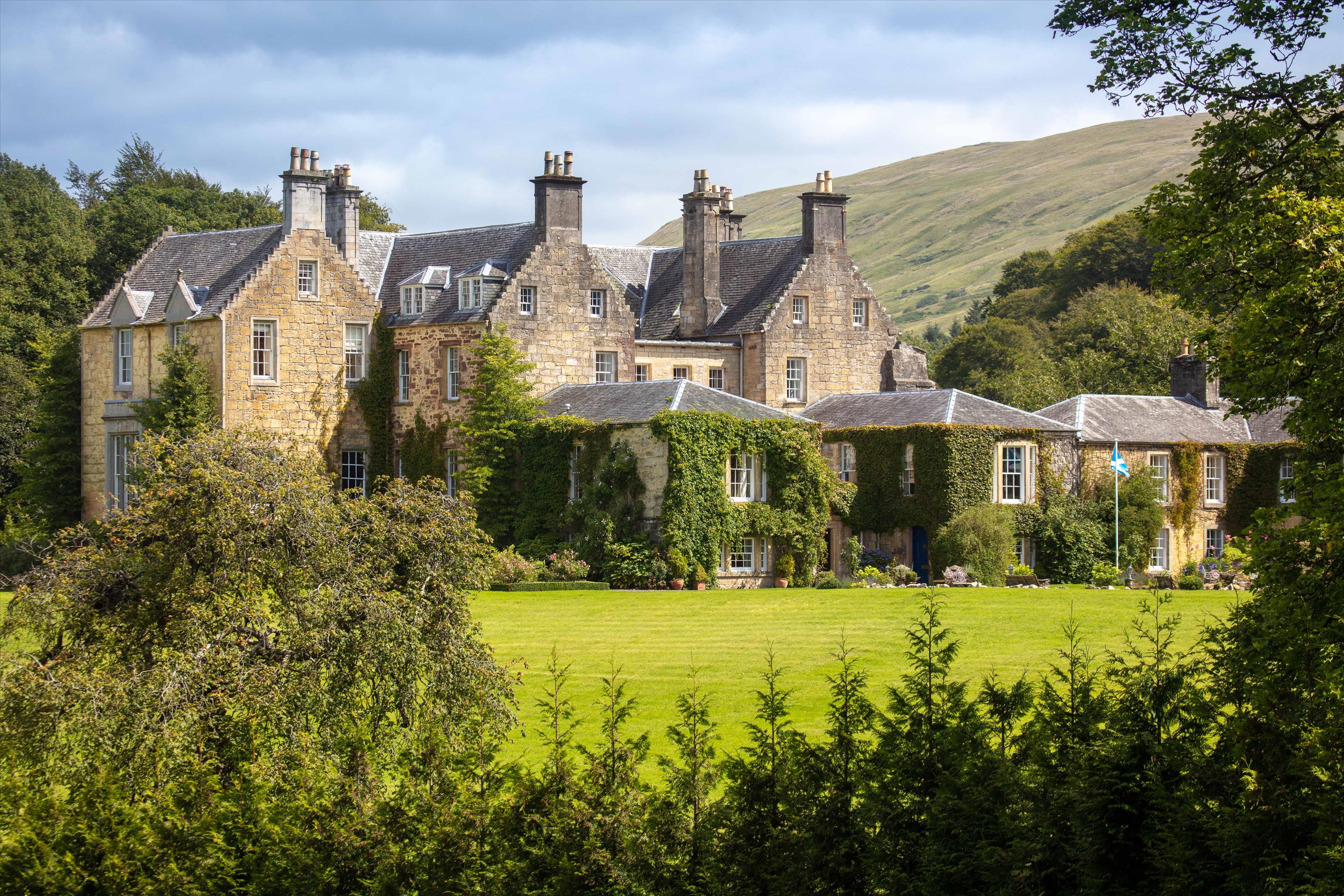
Spectacular Scottish castles and estates for sale
A look at the finest castles, country houses and estates for sale in Scotland today.
-
 Diamonds are everyone's best friend: The enduring appeal of one of Nature's sparkliest treasures
Diamonds are everyone's best friend: The enduring appeal of one of Nature's sparkliest treasuresEvery diamond has a story to tell and each of us deserves to fall in love with one.
By Jonathan Self Published
-
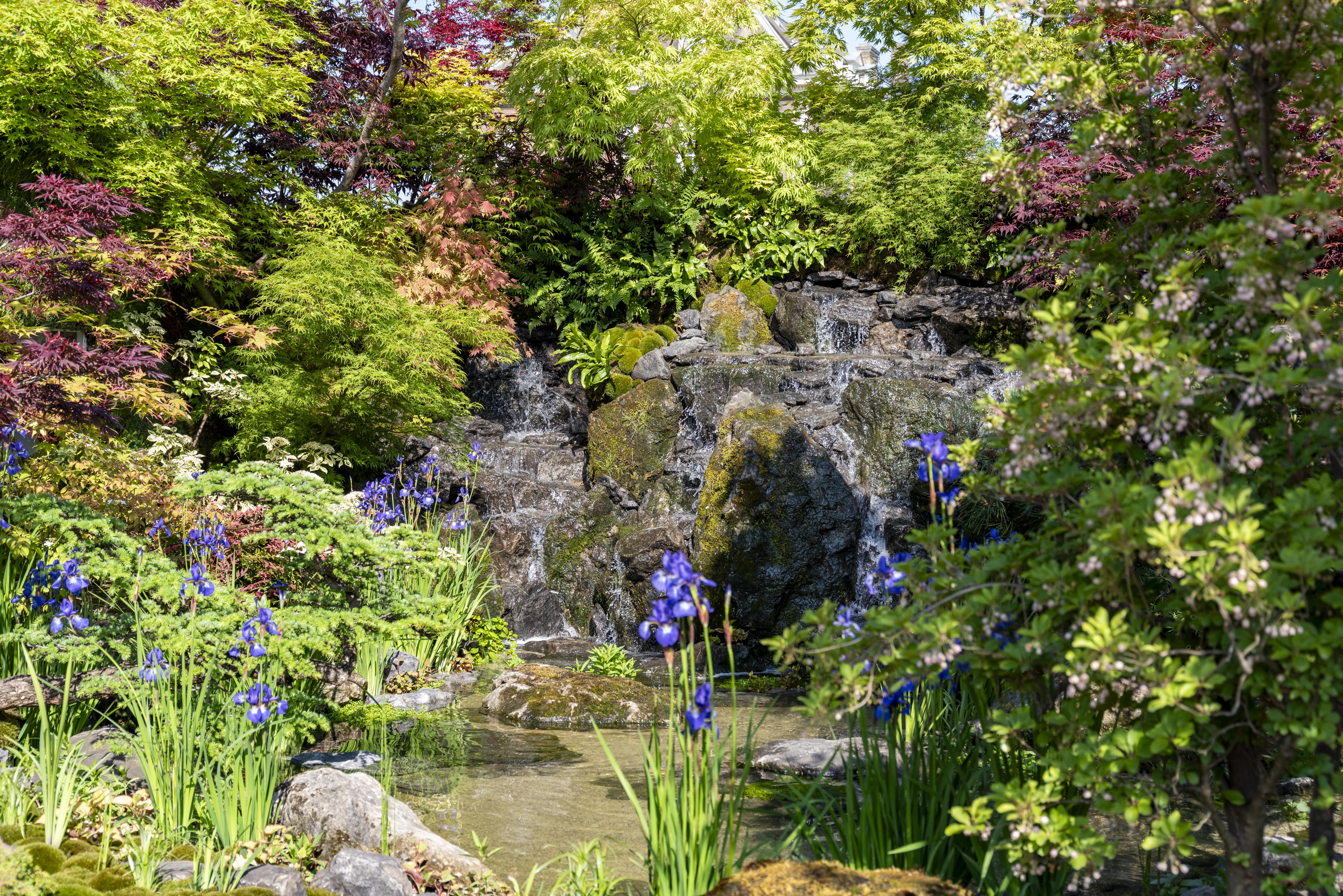 RHS Chelsea Flower Show: Everything you need to know, plus our top tips and tricks
RHS Chelsea Flower Show: Everything you need to know, plus our top tips and tricksCountry Life editors and contributor share their tips and tricks for making the most of Chelsea.
By Amie Elizabeth White Published
-
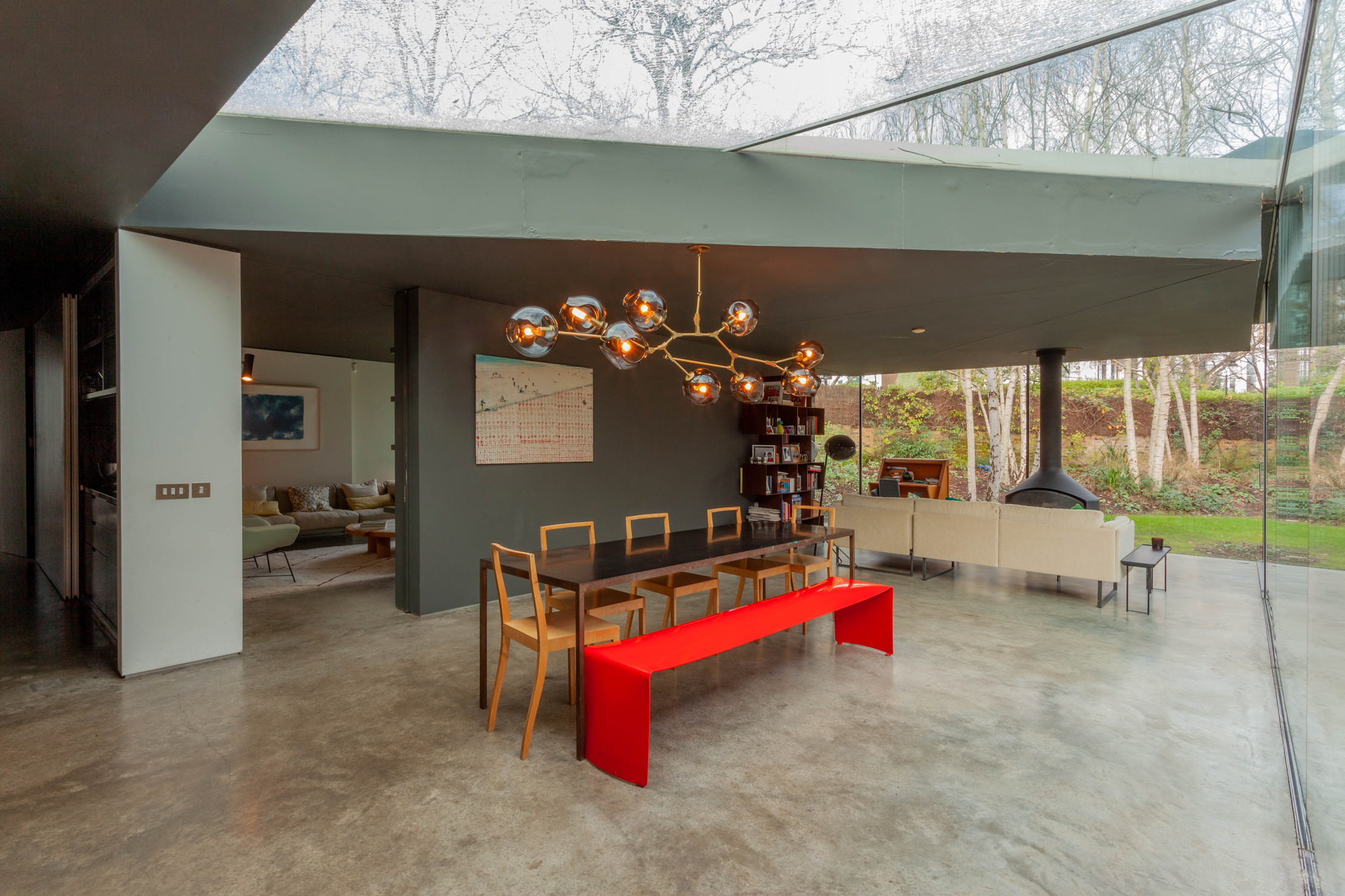 Hidden excellence in a £7.5 million north London home
Hidden excellence in a £7.5 million north London homeBehind the traditional façades of Provost Road, you will find something very special.
By James Fisher Published
-
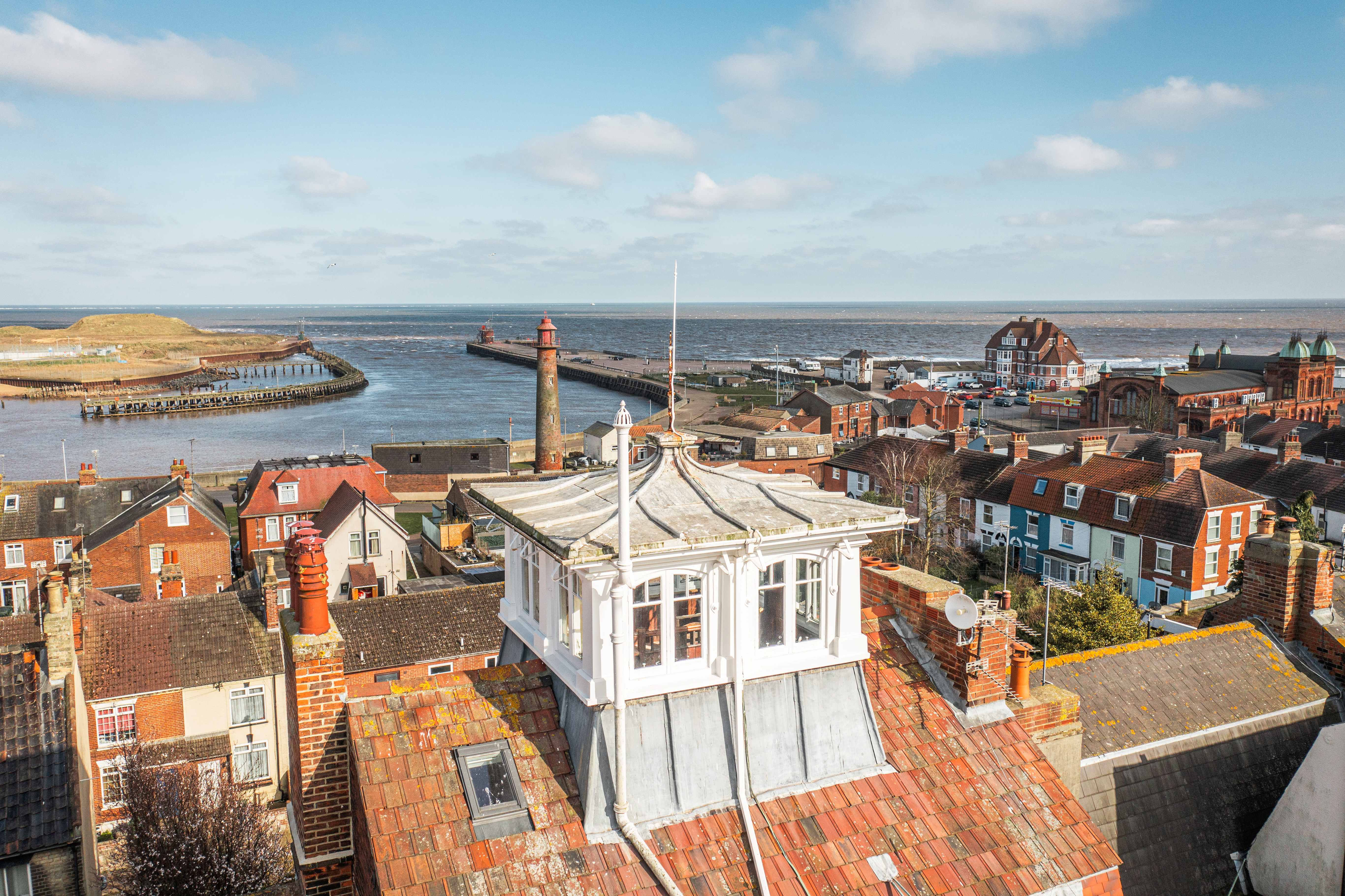 Sip tea and laugh at your neighbours in this seaside Norfolk home with a watchtower
Sip tea and laugh at your neighbours in this seaside Norfolk home with a watchtowerOn Cliff Hill in Gorleston, one home is taller than all the others. It could be yours.
By James Fisher Published
-
 A Grecian masterpiece that might be one of the nation's finest homes comes up for sale in Kent
A Grecian masterpiece that might be one of the nation's finest homes comes up for sale in KentGrade I-listed Holwood House sits in 40 acres of private parkland just 15 miles from central London. It is spectacular.
By Penny Churchill Published
-
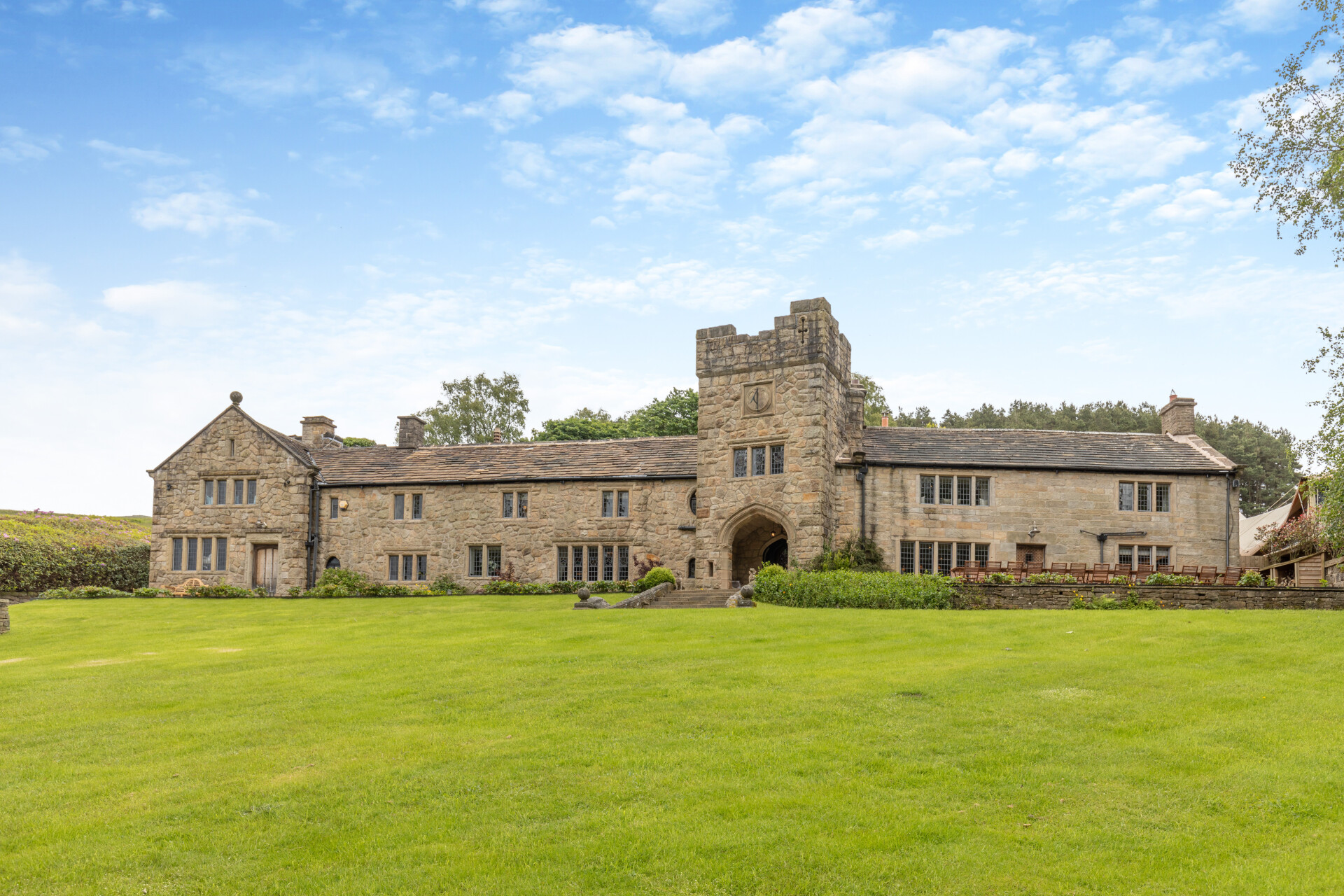 Some of the finest landscapes in the North of England with a 12-bedroom home attached
Some of the finest landscapes in the North of England with a 12-bedroom home attachedUpper House in Derbyshire shows why the Kinder landscape was worth fighting for.
By James Fisher Published
-
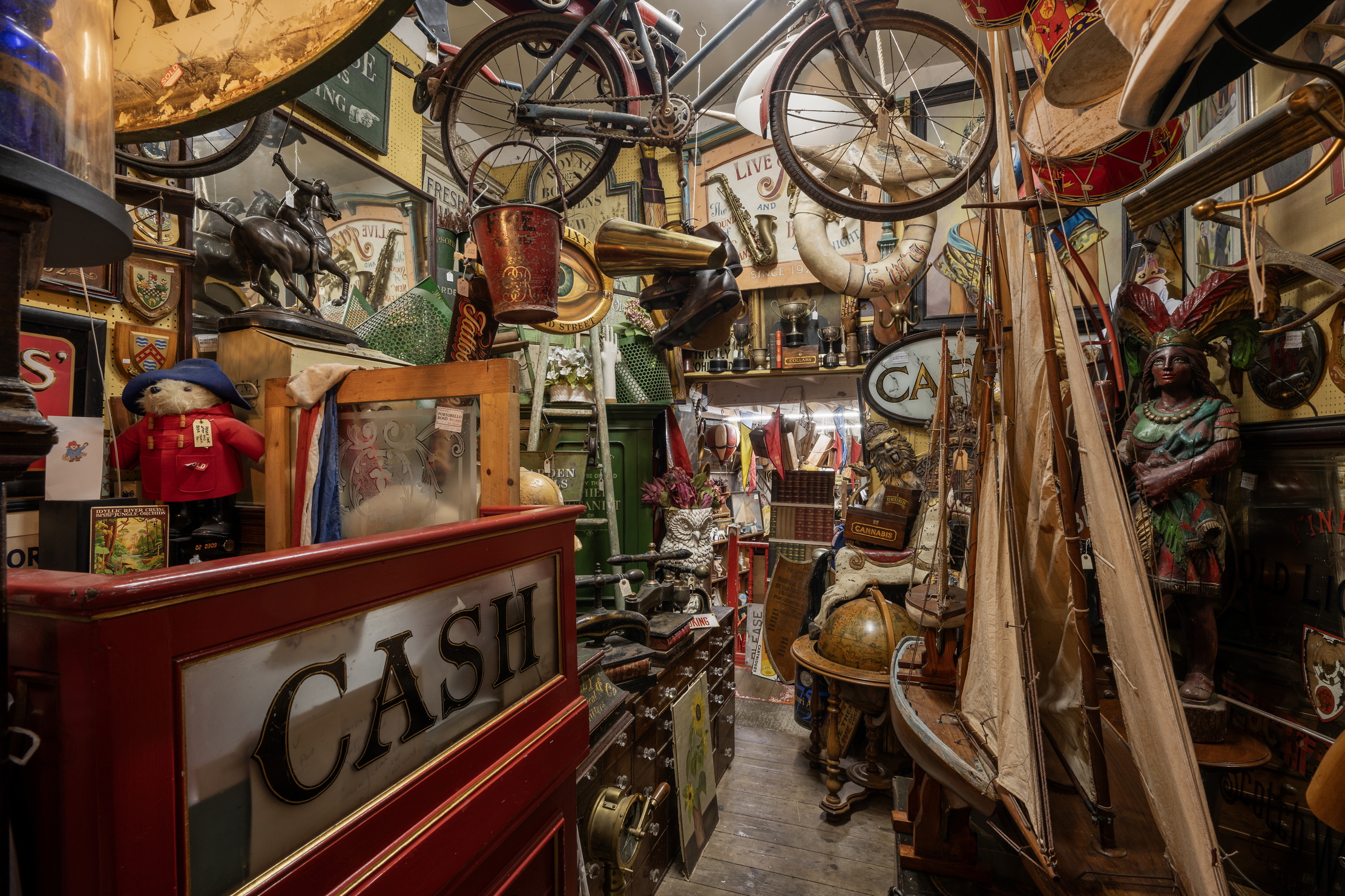 Could Gruber's Antiques from Paddington 2 be your new Notting Hill home?
Could Gruber's Antiques from Paddington 2 be your new Notting Hill home?It was the home of Mr Gruber and his antiques in the film, but in the real world, Alice's Antiques could be yours.
By James Fisher Published
-
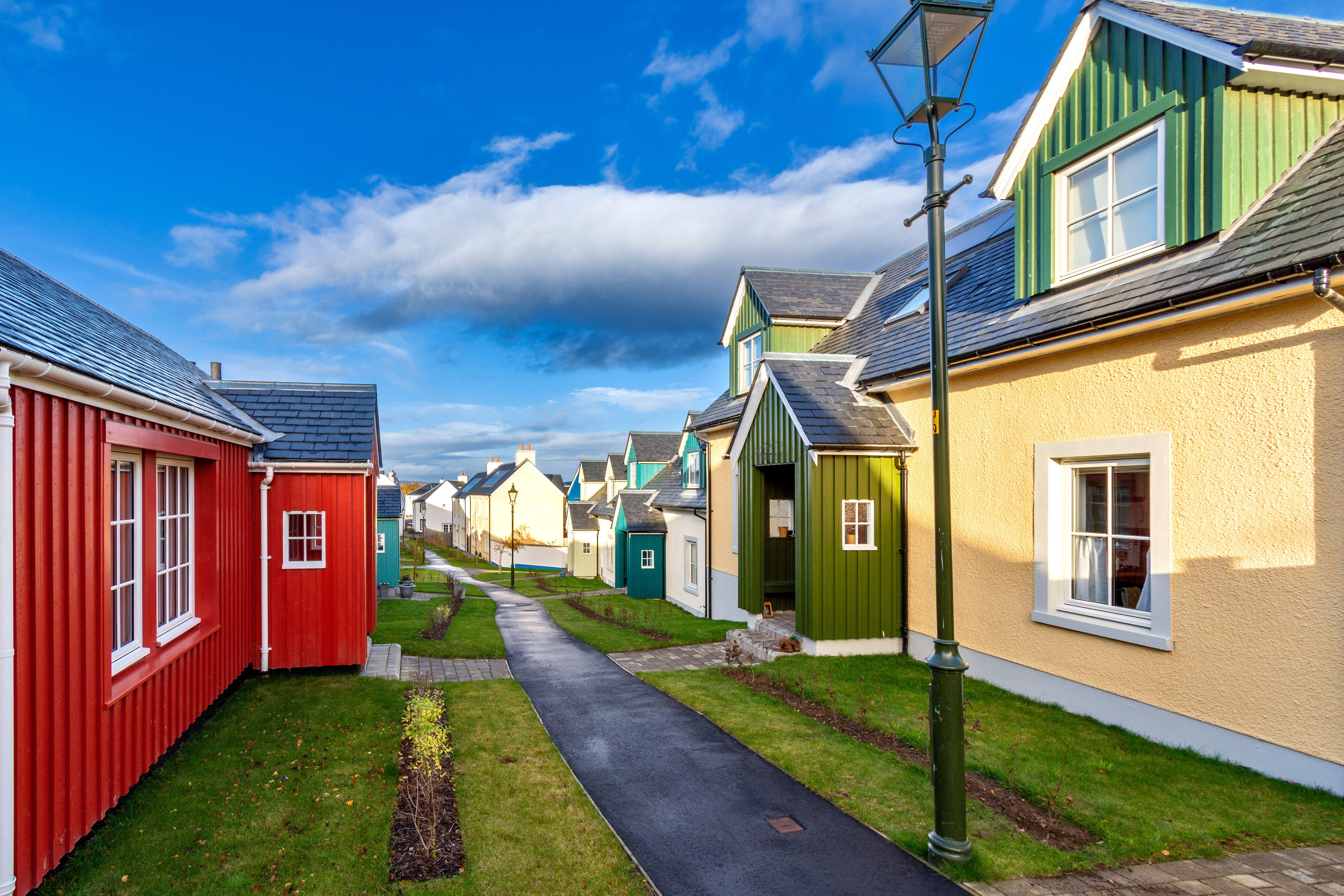 What should 1.5 million new homes look like?
What should 1.5 million new homes look like?The King's recent visit to Nansledan with the Prime Minister gives us a clue as to Labour's plans, but what are the benefits of traditional architecture? And can they solve a housing crisis?
By Lucy Denton Published
-
 Welcome to the modern party barn, where disco balls are 'non-negotiable'
Welcome to the modern party barn, where disco balls are 'non-negotiable'A party barn is the ultimate good-time utopia, devoid of the toil of a home gym or the practicalities of a home office. Modern efforts are a world away from the draughty, hay-bales-and-a-hi-fi set-up of yesteryear.
By Madeleine Silver Published
-
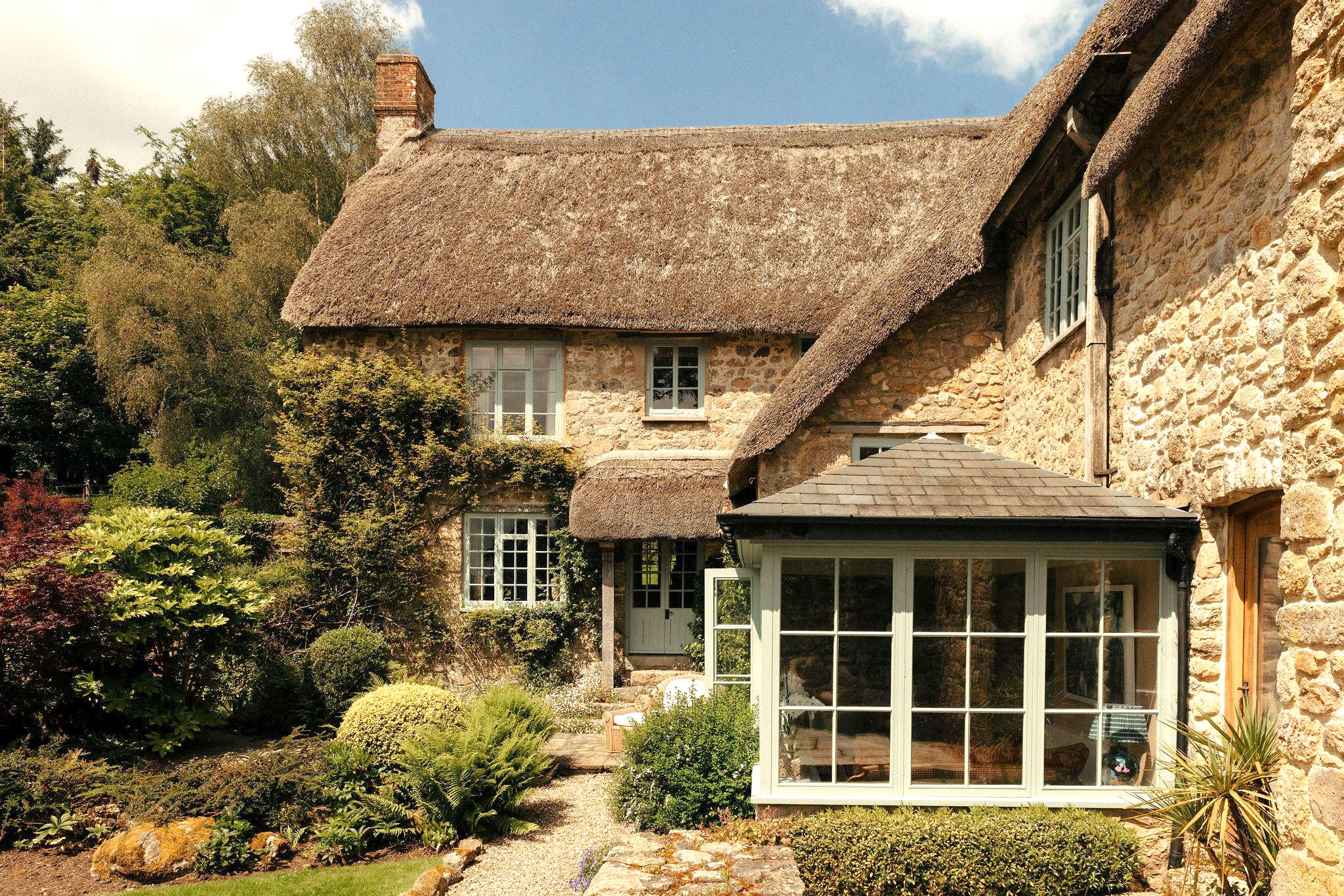 Five beautiful homes, from a barn conversion to an island treasure, as seen in Country Life
Five beautiful homes, from a barn conversion to an island treasure, as seen in Country LifeOur pick of the best homes to come to the market via Country Life in recent days include a wonderful thatched home in Devon and a charming red-brick house with gardens that run down to the water's edge.
By Toby Keel Published
